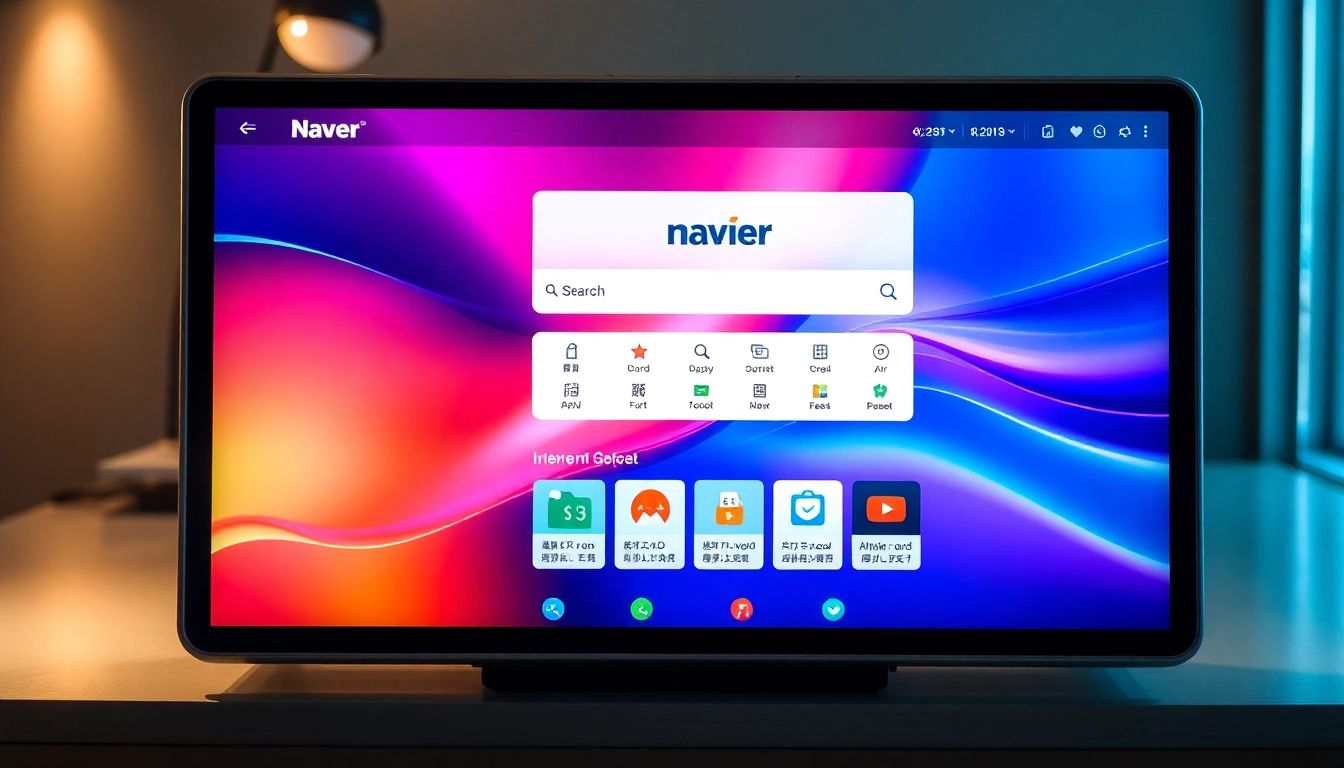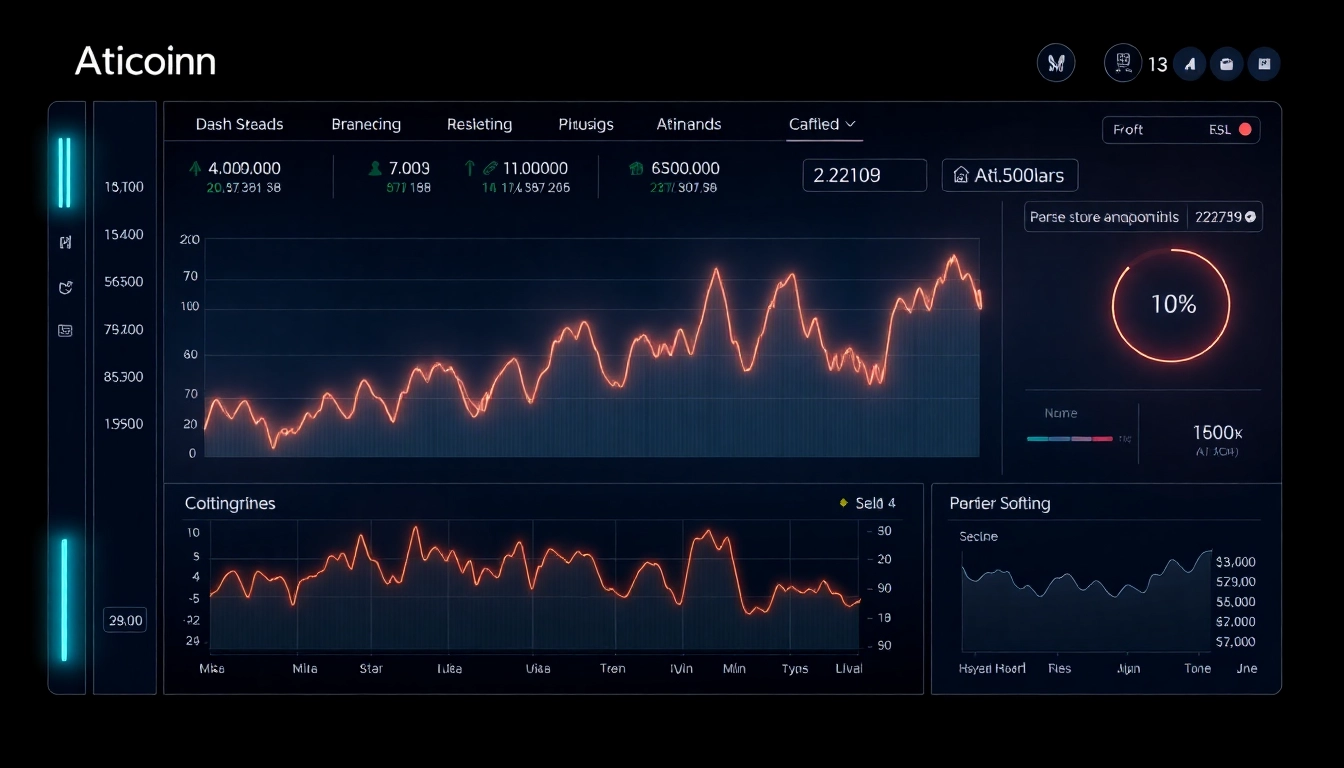
Understanding Naver’s Ecosystem and Core Services
Overview of Naver as a South Korean Digital Hub
Naver, founded on June 2, 1999, by Lee Hae-jin, has established itself as South Korea’s premier digital platform and online gateway. As a subsidiary of Naver Corporation, headquartered in Seongnam-si, Korea, it functions as a comprehensive digital ecosystem that integrates various services to serve millions of users daily. From search to social content, payment systems, and AI innovations, Naver transcends the traditional notion of a search engine, positioning itself as a quintessential South Korean internet powerhouse.
For global businesses eyeing entry into South Korea, understanding Naver’s ecosystem is critical. Its dominance isn’t limited to search; it fuels the digital habits of Koreans through myriad platforms and services, ensuring high engagement levels and built-in brand loyalty.
If you want to explore Naver’s offerings more thoroughly and consider how they can benefit your digital strategy, you can visit their platform directly at naver.
Key Products: Search Engine, Blogs, Maps, and Payments
At the heart of Naver is its search engine, which accounts for an overwhelming share of search queries within South Korea. Unlike global competitors, Naver’s search interface emphasizes vertical integration of content types such as news, blogs, and webtoons, delivering a rich, user-centric experience.
Naver’s blogging platform and webtoon service have made it a hub for user-generated content, creative expression, and community building. Many influencers and content creators leverage these channels for brand engagement, illustrating how vital they are for marketing strategies.
Additionally, Naver’s mapping service, NAVER Map, offers real-time traffic updates and navigation tailored for local users, integrating seamlessly with other Naver mobile services.
Perhaps most significantly for e-commerce and financial transactions, Naver’s Mobile Payment system enhances frictionless transactions, enabling users to conveniently pay for services and products within the platform. This integrated payment ecosystem boosts eCommerce conversions and offers businesses vast opportunities for targeted advertising and seamless shopping experiences.
Naver’s Market Position within South Korea and Globally
Naver maintains a unique market position; it commands over 70% of the search engine market share in South Korea, outpacing global giants like Google. This dominance stems from its tailored approach—prioritizing Korean language search, local content, and cultural relevance.
While Naver’s global presence remains limited compared to Google or Facebook, its influence within South Korea makes it indispensable for domestic marketing campaigns. The platform’s ecosystem fosters high user retention, with billions of daily interactions across its services.
For international companies, understanding Naver’s landscape provides strategic leverage for penetrating South Korea’s sophisticated online market.
Optimizing Your Business for Naver’s Environment
Effective SEO Strategies for Naver Search Rankings
SEO within Naver operates differently than traditional Google optimization. Naver emphasizes its own search algorithms, which prioritize content relevance, authority, and user engagement within its ecosystem. To optimize for Naver, businesses should focus on keyword localization, rich multimedia content, and frequent updates—especially on platforms like Naver Blog and Webtoon.
Incorporating keywords effectively in titles, meta descriptions, and image tags is critical. However, Naver also evaluates user interaction metrics such as dwell time, click-through rates, and bounce rates to rank content. Therefore, creating engaging, well-structured content is essential.
Technical SEO best practices, like fast-loading pages and optimized mobile experience, also significantly impact visibility.
For in-depth strategies, consider integrating Naver Webmaster tools and staying updated with their algorithm changes.
Utilizing Naver Blogs and Webtoon Platforms for Brand Engagement
Naver Blog serves as a powerful channel for storytelling and community interaction. Brands that develop localized, authentic blog content can build trust and authority among Korean users. Creating regular, relevant blog posts tailored to local interests not only boosts SEO but also fosters brand loyalty.
Similarly, Naver Webtoon is a dominant platform for entertainment and cultural content. Brands leveraging Webtoon for advertising or sponsored storytelling campaigns can reach vast audiences. Successful campaigns often involve engaging narratives that resonate with Korean pop culture and user preferences.
To maximize impact, brands should adopt native language content, collaborate with popular creators, and integrate interactive elements.
Integrating Naver Payment and Mobile Services for E-commerce Growth
Naver Pay simplifies online transactions within its ecosystem, reducing friction in the customer journey. Businesses integrating Naver Pay into their e-commerce platforms can benefit from increased conversion rates owing to the convenience and trust associated with the service.
Moreover, Naver offers a suite of mobile solutions, including NAVER Map and Naver Shopping, which drive targeted local traffic, further amplifying sales opportunities. Utilizing these services in tandem with marketing efforts—such as targeted ads through Naver Search and Blogs—can significantly enhance visibility.
Companies hesitant about integrating Naver’s payment solutions should consider the substantial market share and user trust that Naver commands.
Enhancing Visibility through Naver’s Related Searches and Knowledge Graph
Leveraging Related Search Trends for Content Planning
Naver’s related searches provide insight into evolving user interests and trending topics. Regular analysis of these related queries helps marketers refine content, discover new keywords, and develop timely campaigns. For instance, if “Naver Webtoon” sees increased searches, brands can prepare targeted content or promotional offers around webtoon themes.
Monitoring related searches also anticipates user intent shifts, enabling proactive adjustments to content strategies and ad campaigns.
Maximizing Naver Knowledge Graph Features for Brand Authority
The Knowledge Graph, displayed prominently within search results, acts as an authoritative snippet about entities such as brands, celebrities, or locations. To appear in the Knowledge Graph, focus on structured data, consistent branding, and establishing authority through high-quality content and backlinks.
Engaging with Naver’s knowledge panel enhances brand visibility, credibility, and user trust. Companies should ensure their official info, images, and factual data are accurate and optimized.
Analyzing User Intent and Search Patterns to Improve Outreach
Deep analysis of Naver search patterns reveals key user behaviors, such as prevalent queries during specific seasons or events. Leveraging analytics tools can uncover content gaps and opportunities for targeted content creation.
Aligning content with user intent—whether informational, transactional, or navigational—improves rankings and engagement. Incorporating local language nuances and cultural relevance further enhances outreach effectiveness.
Developing Content Strategies that Align with Naver’s User Base
Creating Localized, Value-Driven Content for Korean Audiences
Content tailored specifically for Korean users should reflect local interests, cultural nuances, and language preferences. Successful brands produce content such as blog posts, webtoons, and videos that resonate culturally, fostering authenticity and engagement.
Incorporate trending topics, local celebrities, and regional language variations to deepen relevance.
Engaging Users with Rich Media and Interactive Content on Naver
Rich media formats—videos, infographics, and interactive web elements—are highly effective on Naver. Webtoons and multimedia-enhanced blog posts capture user attention and foster sharing.
Interactive quizzes, AR features, and live streaming on Naver platforms can further elevate engagement levels.
Measuring Success: Metrics and Performance Optimization on Naver
Key performance indicators (KPIs) include organic search ranking positions, page dwell time, bounce rates, and conversion metrics within integrated Naver services.
Regularly monitor analytics via Naver Analytics tools, identify underperforming content, and adapt strategies through A/B testing to optimize results continuously.
Future Trends and Innovations in Naver’s Platform
AI and Machine Learning Enhancements in Search and Content Curation
Naver is progressively integrating AI-driven features to improve search accuracy and personalize user experience. Natural language processing advances enable more intuitive voice searches and content recommendations.
Content curation powered by AI allows for hyper-personalization, increasing relevance and user satisfaction.
Expanding Naver’s Ecosystem with New Features and Services
Naver continues to innovate, introducing services like Naver Cloud, AI translation, and expanded e-commerce integrations. These developments open new avenues for marketers to reach users across different touchpoints.
Identifying and experimenting with these emerging services can position your brand at the forefront of Korea’s digital evolution.
Preparing for Evolving User Behavior and Digital Trends in Korea
With rapid technological progress, Korean users increasingly favor mobile-first, multimedia-rich, and immersive experiences. Staying ahead requires continuous monitoring of consumer behavior, adopting new formats such as AR/VR, and integrating Naver’s latest APIs.
Proactive adaptation ensures sustained relevance and engagement in a competitive environment.







